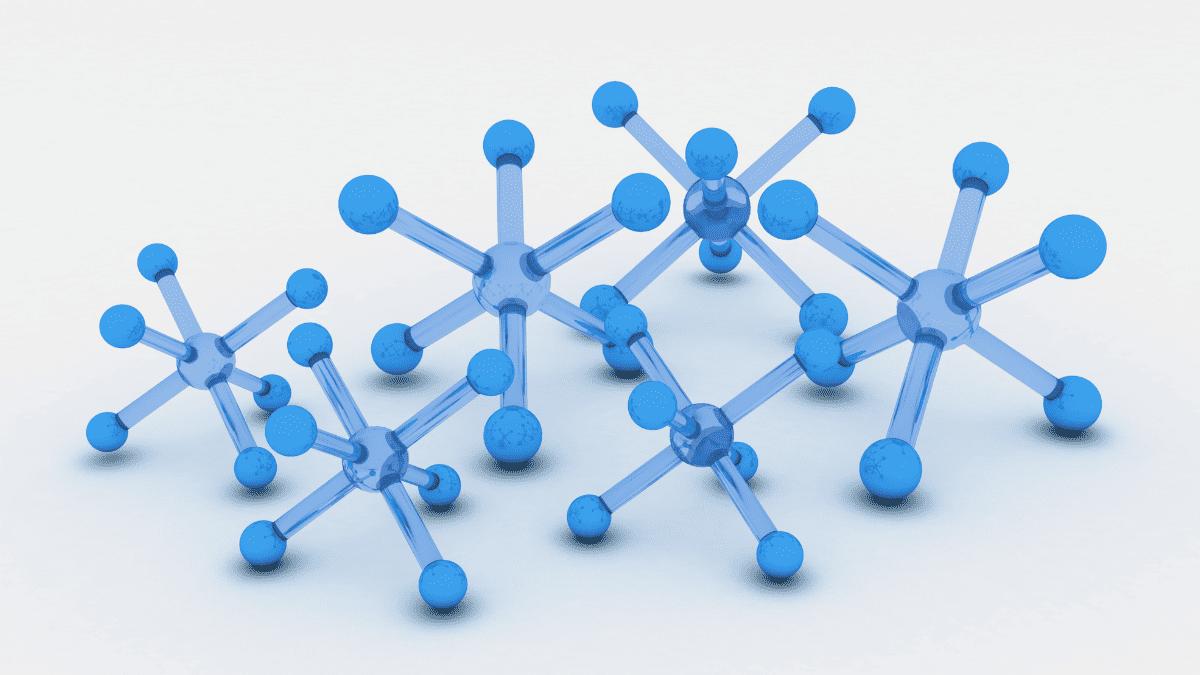Welcome to Engineer Academy where we’re exploring an A to Z of Engineering – everything from acoustics to zoos.
In each episode, we spin the wheel to find out what type of engineering we’ll be exploring with the help of Engers, our engineering expert.
You can listen to the full series of the A to Z of Engineering here.
Let’s take a look at C for CHEMICAL ENGINEERING!
We know that engineers are great at making stuff and coming up with brilliant things – but these don’t have to be massive motors or giant structures. Some engineers use the tiniest building blocks of all to create new types of sweets, toiletries, medicines and textiles – in fact, almost anything you can think of! They’re called Chemical Engineers.
What are Chemical Engineers?
It’s important to know that Chemical Engineers are different to chemists – although they have a lot in common. Chemistry is the study of matter – what it’s made of, how it interacts with other matter and how to combine it to form different compounds. Chemical engineers design processes to transform the raw materials that chemists discover into things we use every day. For example, a chemist might discover a new type of adhesive and a chemical engineer will figure out how to make a large amount of it and what sorts of products it could be used for, determining whether it might end up being bottled as a glue or applied to paper to make tape. Chemical engineers also oversee the processes of making these products and are often involved in the construction of chemical plants, as well as their daily operations.

Chemical Compounds and different roles in Chemical Engineering
When you think about it, chemical compounds are everywhere. Look around you – your bed side table, the clothes you wear, the plates you eat off, your mobile phone… even your home’s doors and window frames can be made up of chemical compounds. And if you know how to change and combine these compounds, you can make all sorts of things. Whilst there are an almost infinite number of possible compounds – around 350,000 have been registered for our everyday products – and that’s a LOT of building blocks to play with!
Some chemical engineers make new materials – like biodegradable types of plastic or lightweight but strong carbon fibres to help planes and space rockets go faster.

Others work in laboratories, say creating new flavours for ice creams and chocolates. Lavender flavour anyone?
And then there’s a large number in the pharmaceutical industry – making new medicines to treat and cure diseases… many of whom who’ll work in laboratories, others with computers, software and AI to analyse the results of experiments. Before a chemical engineer brings these materials to production, there’s plenty of experimentation in the laboratory to ensure products can be produced efficiently. Chemical engineers are therefore highly knowledgeable in mathematics and chemistry. They also need to be analytical, commercially aware and able to work well under pressure.
New Innovations
Some of the latest innovations being developed by chemical engineers include new technologies within fuel cells, hydrogen power and nanotechnology, things like ultra-strong fabrics for cars, compatible materials for medical implants and electronics for military applications. To help understand what chemical engineers do, let’s dive deep into a material we use every day – plastic.

Plastics are just, well, plastic right? Wrong! There are many different types of plastics. Some have been designed by chemical engineers to be very strong, like those used in cars, whilst others are more flexible, like shopping bags. Some are good insulators, others might be resistant to UV or are biodegradable.
And you might have noticed that you can’t recycle all plastics. That’s because they have different chemical make-ups.
So it might be a puzzle why we still use plastics. Well, whilst engineers are working towards a more sustainable future, often the benefits of a compound – like those used to make medical tubing and plasma bags, are thought to outweigh the disadvantages of them not being recyclable. These are all things engineers have to consider when developing new materials.

And that’s our take on the letter C – it’s been Cracking!
If you would like to check out some other types of engineering, why not check out Civil, Computer, or Cable Engineering?
Join us again next time to spin the wheel and explore another letter in the A to Z of Engineering!
Engineer Academy: A to Z of Engineering.
Created with support from a Royal Academy of Engineering Ingenious Grant
Add a commentA to Z of Engineering
Engineering is all around us! We’re exploring an A to Z of everything engineering from acoustics to zoos.
More From A to Z of Engineering






